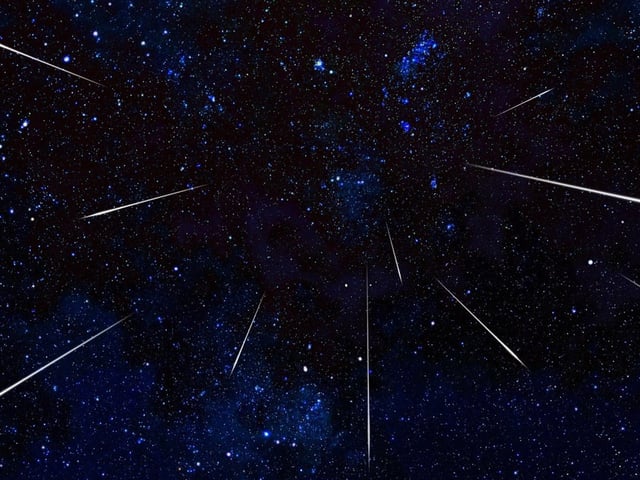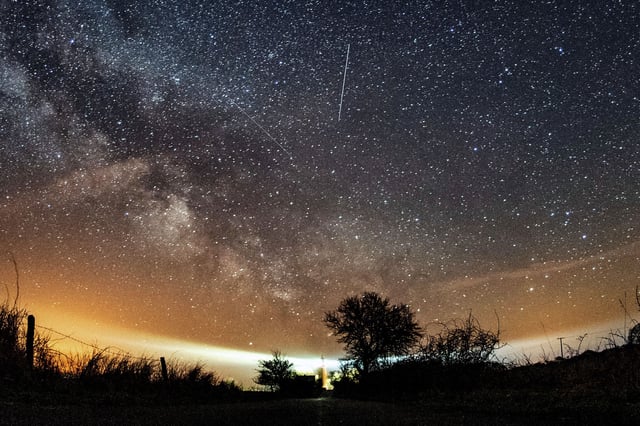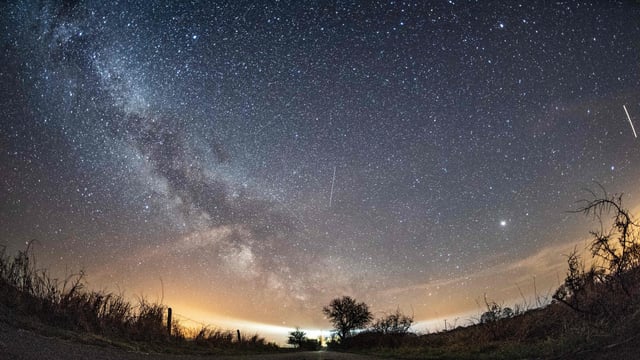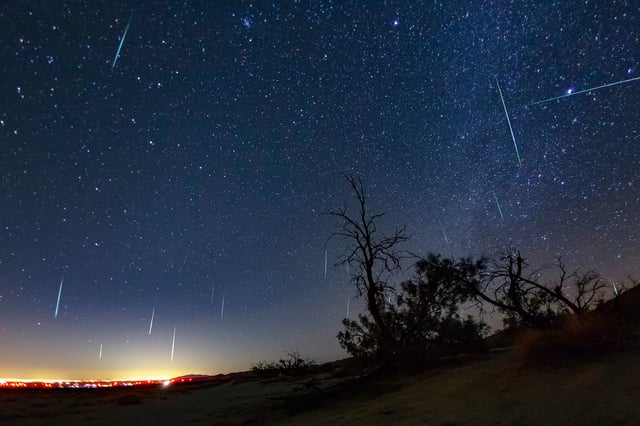Overview
- The Lyrid meteor shower, one of the oldest recorded meteor showers, is peaking overnight on April 21–22, with meteors visible until April 26.
- Under dark skies, up to 18 meteors per hour can be observed, though moonlight and weather may reduce visibility to 5–6 meteors per hour.
- Best viewing times are between midnight and dawn, with observers advised to find dark locations, avoid light pollution, and allow 30 minutes for eye adjustment.
- The Lyrids originate from debris left by Comet C/1861 G1 Thatcher, which orbits the sun approximately every 415 years.
- Clear skies in regions like the Bay Area and parts of Australia have enhanced viewing conditions, with sightings of bright fireballs reported.



